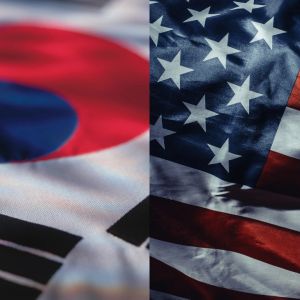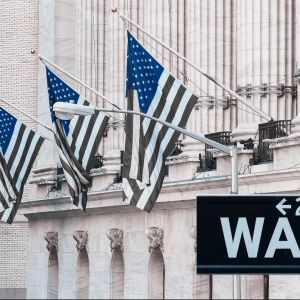South Korea pushes the US for fair trade deal during Washington visit
3 min read
South Korea’s new Trade Minister, Yeo Han-koo, landed in Washington this week with one mission: to stop the United States from reimposing steep tariffs and to lock in a trade deal that benefits both nations. The visit wrapped up on Friday, just ahead of a looming July 9 deadline, when President Donald Trump’s paused 25% tariffs could come roaring back. According to a government statement from Seoul, Yeo met with Commerce Secretary Howard Lutnick, Trade Representative Jamieson Greer, Interior Secretary Doug Burgum, and multiple U.S. lawmakers to push for a fresh agreement. During those meetings, Yeo also laid out President Lee Jae Myung’s trade policy, doubling down on the administration’s interest in long-term cooperation. “The ongoing negotiations are not merely for tariffs but also an opportunity to establish a new framework for future cooperation,” Yeo said. “We will fiercely engage in the discussions to ensure the two countries’ momentum for cooperation won’t be undercut by the tariffs, and to turn the current crisis into an opportunity.” Korean economy faces pressure as U.S. targets tech, trade The urgency is real. If Trump’s across-the-board tariffs are reinstated, they could cripple Korea’s key industries. The country is a major manufacturing partner to the U.S., supplying semiconductors, vehicles, and batteries—all sectors exposed to tariff risks. On top of that, the Bank of Korea recently downgraded the country’s 2025 GDP forecast to 0.8%, down from 1.5%, signaling the fragile state of its domestic economy. Yeo also flagged growing concerns from Korean companies about the U.S.’s tightening export control policies, especially as Washington moves to block high-end tech from reaching China. Those restrictions are already affecting supply chains and slowing down production timelines for Korean manufacturers. Yeo made clear that these trade and tech challenges are connected—and must be addressed together. Meanwhile, Lutnick went on Bloomberg Television and announced that the U.S. is working to wrap up 10 new trade agreements in the next two weeks, aiming to finalize terms before the tariff freeze expires. He did not say which countries were on that list. “We’re going to do top 10 deals, put them in the right category, and then these other countries will fit behind,” Lutnick said. He added that some partners might get more time, depending on Trump’s call, but gave no confirmation. Trump plans tiered deals and “letters” to holdouts Trump’s approach is binary; deal or penalty. Countries that don’t reach agreements by July 9 will receive formal “letters” laying out U.S. demands. “Those who have deals will have deals, and everybody else that is negotiating with us, they’ll get a response from us and then they’ll go into that package,” Lutnick said. He noted that Trump could still allow more time for talks, but once tariffs return, they’ll be locked in. India and Japan are also in the scramble. On Thursday, Trump hinted that India is close to a deal. Rajesh Agarwal, India’s chief negotiator, is leading a team in Washington this week to close gaps with U.S. officials. Japan’s chief negotiator Ryosei Akazawa is also heading into another round of meetings. Before leaving, he told reporters that Japan “can’t accept” the 25% car tariff. But in Tokyo, Chief Cabinet Secretary Yoshimasa Hayashi declined to comment directly on Lutnick’s remarks, saying only that talks are ongoing and the matter remains a priority. As for China, the situation is complex. A new trade understanding is technically in place, covering terms discussed earlier this year in Geneva and London, but it’s still full of conditions. Both sides have blamed each other for violating previous handshake agreements. This latest deal, pending sign-off from both Trump and Xi Jinping, includes a provision that China must resume exporting rare earth materials before the U.S. lifts countermeasures. Lutnick explained that U.S. trade limits on products like ethane (used in plastics), chip design software, and jet engine tech will remain until China follows through. This isn’t a full trade deal either—it leaves out thorny issues like fentanyl smuggling and market access for American exporters. But it’s part of the broader set of “packages” the Trump administration wants done before the tariff clock runs out. KEY Difference Wire helps crypto brands break through and dominate headlines fast

Source: Cryptopolitan



